Our Custumer’s DIY Story
Discover the Magic of ecoGlaze: Your Affordable Solution to Double Glazing
Welcome to the world of ecoGlaze, where achieving top-notch double glazing performance doesn’t have to come with a hefty price tag. ecoGlaze offers an innovative way to enhance your windows’ thermal efficiency, making your home more comfortable while keeping your budget intact.
A Simple and Effective DIY Project
Installing ecoGlaze on non-opening windows is typically a straightforward DIY endeavor. The design of most window units includes timber reveals—those frames that run all around your window—providing the perfect surface for mounting ecoGlaze profiles smoothly and efficiently. But what happens when you encounter an atypical situation?
Case Study: A DIY Success
One of our clients, an adept DIY enthusiast, recently decided to install ecoGlaze on their unique timber-framed windows, which featured both Fixed and Casement lites. While the structure was mostly suitable for ecoGlaze, there were a couple of challenges with the window frame’s left and right sides lacking the regular reveal.
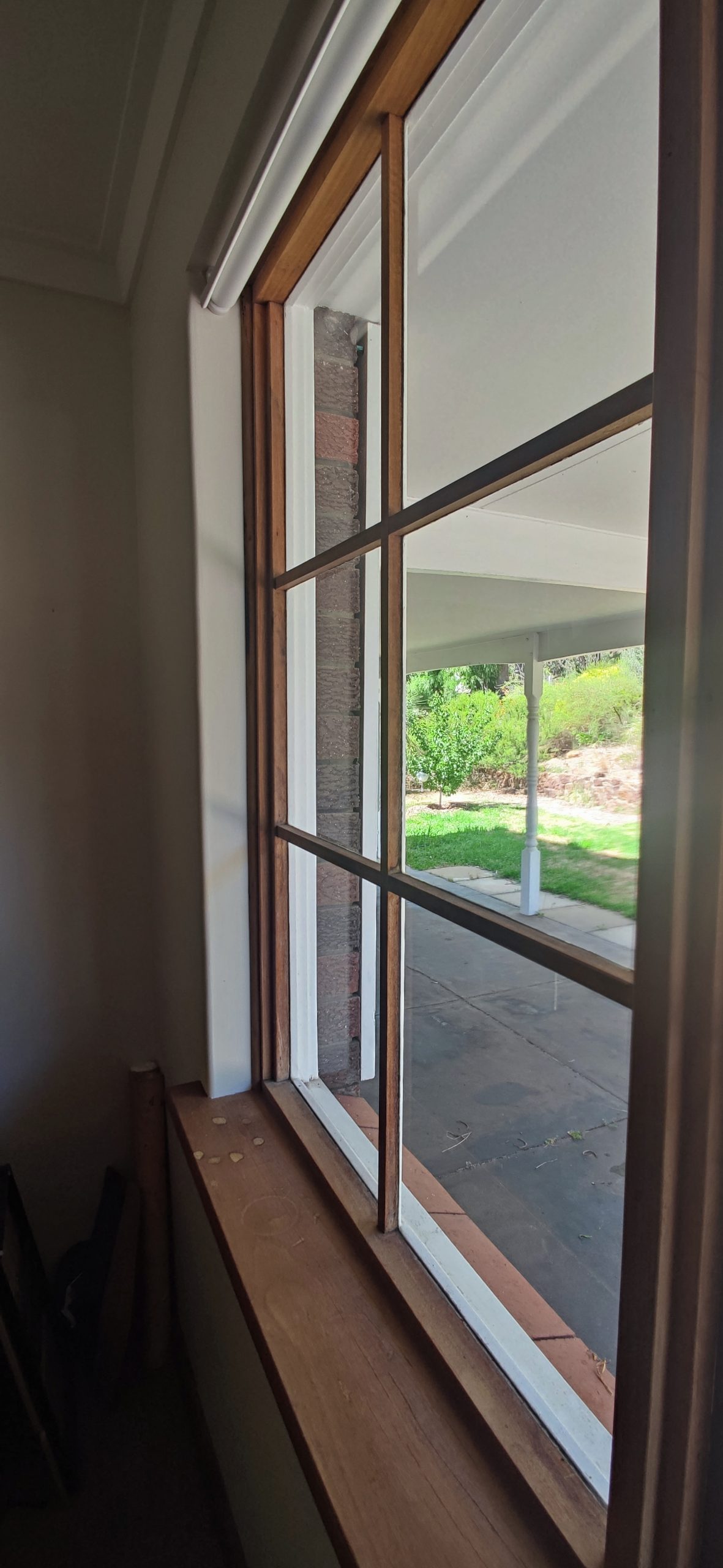
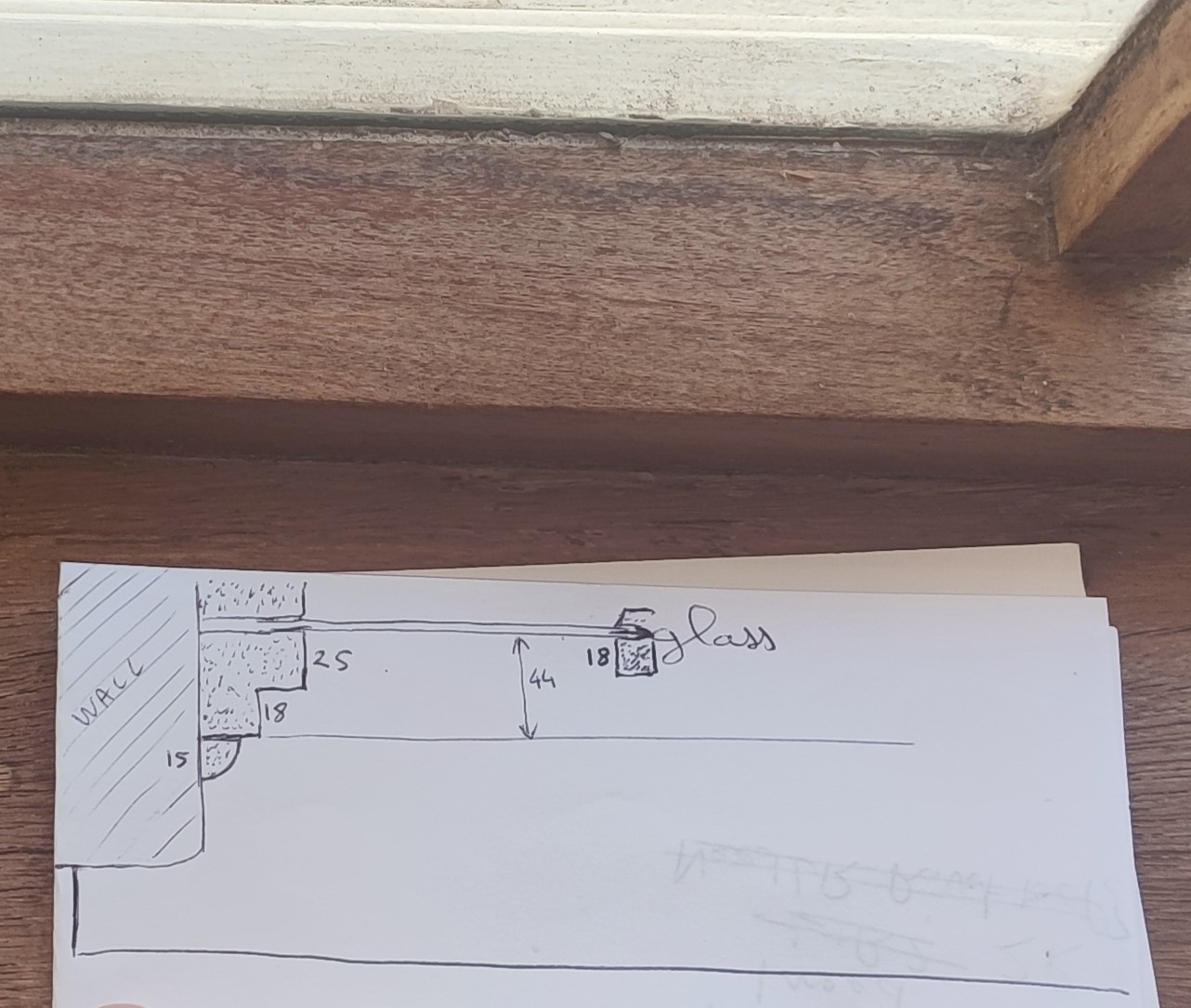
The modification required to achieve this was a simple solution, and with an impeccable diagram sketch provided by the client, we were able to simply annotate that sketch with the modification to show the client how to achieve a cost effective double glazed effect.
In this case, it was as simple as adding a square section of readily available 18 x 18mm DAR (Dressed All Round) Timber to the frame’s sides where it stepped in at the front edge. This would create a flat surface deep enough to establish Fixed ecoGlaze with a suitable air gap. This addition was added to the sketch in red.
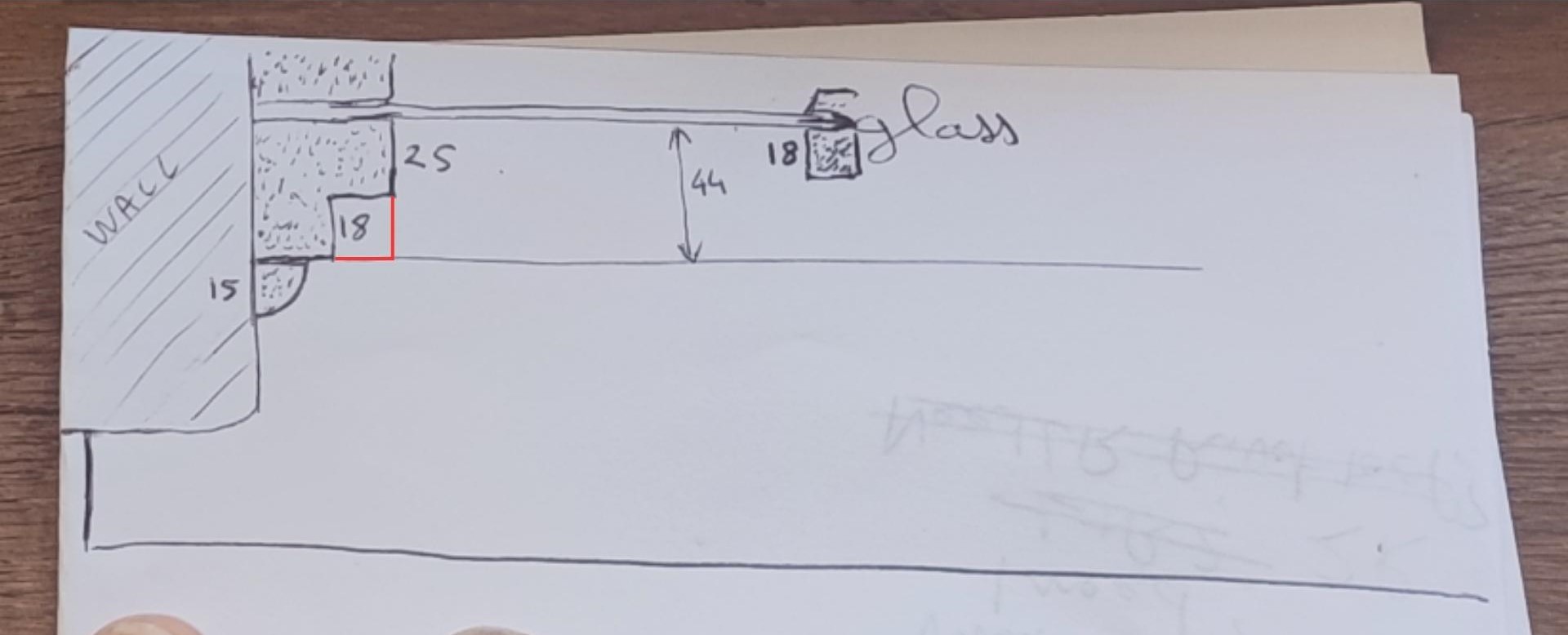
This was the only correction to be made to this section of the window as fortunately many other aspects of the design lent itself well to Fixed ecoGlaze. The 18mm thick glazing bars (also known as Colonial Bars) were a perfect size to space out an ideal air gap of 18mm between the existing glass and the new Acrylic pane that ecoGlaze holds in place.
The 44mm frame depth to the glass was millimetre perfect to fit the Fixed ecoGlaze system with an 18mm air Gap.
Here is the ecoGlaze Fixed mouldings installed post window modification. You can see the added timber on the left and right that made the installation of ecoGlaze possible.
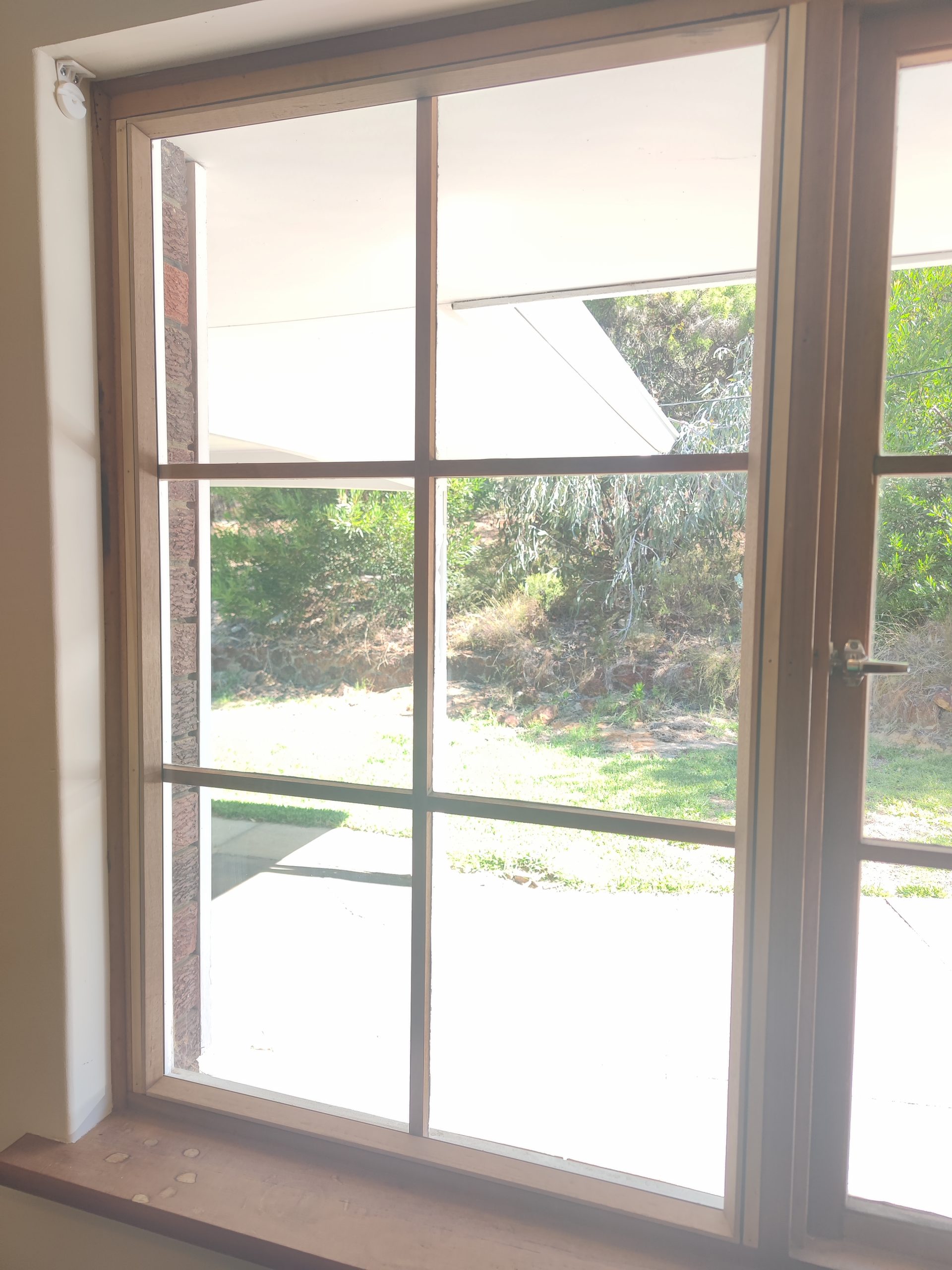
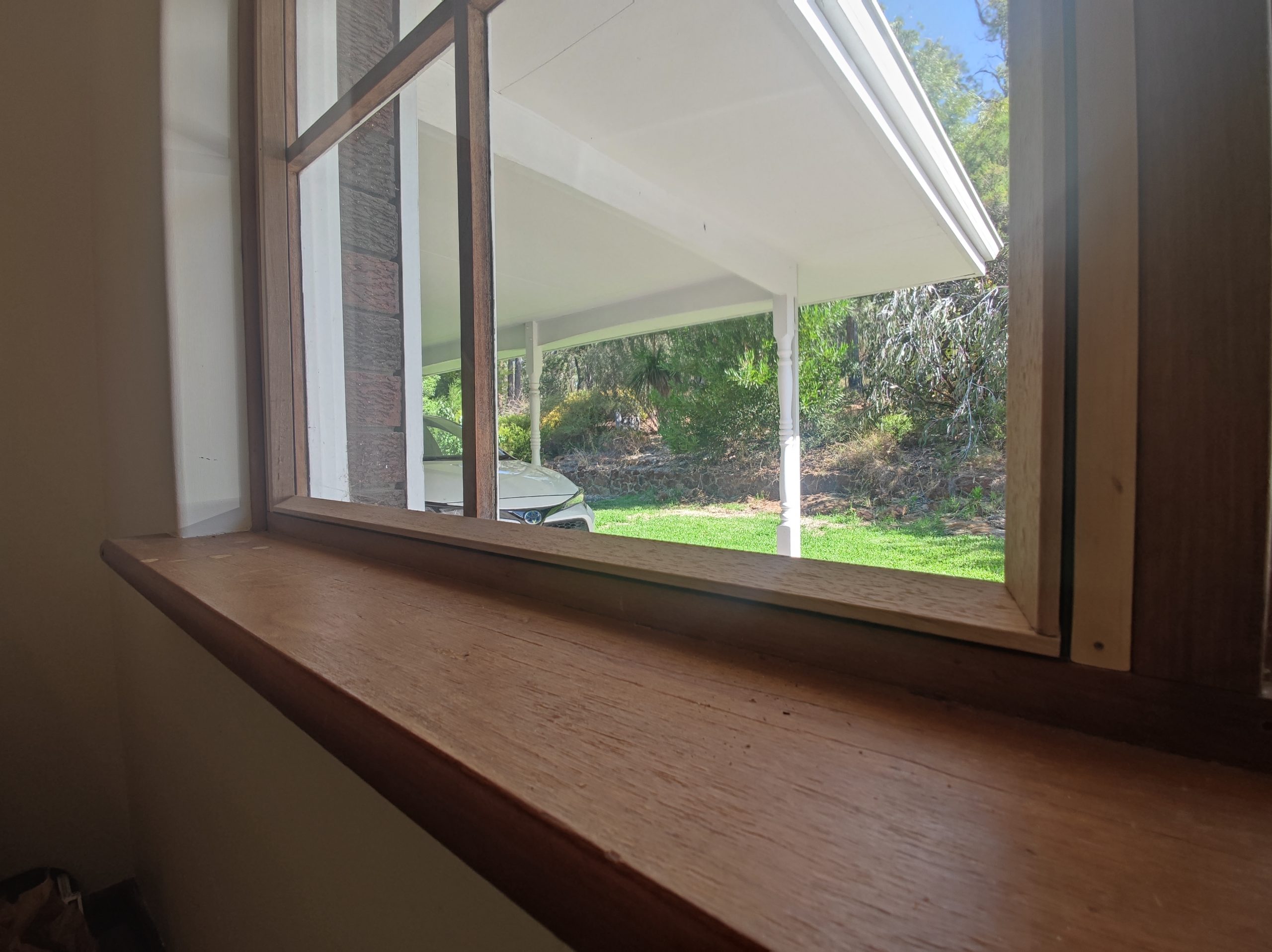
For the Casement Lite we found a textbook case of having to deal with latching hardware that was in the way of the ecoGlaze On Sash Moulding.
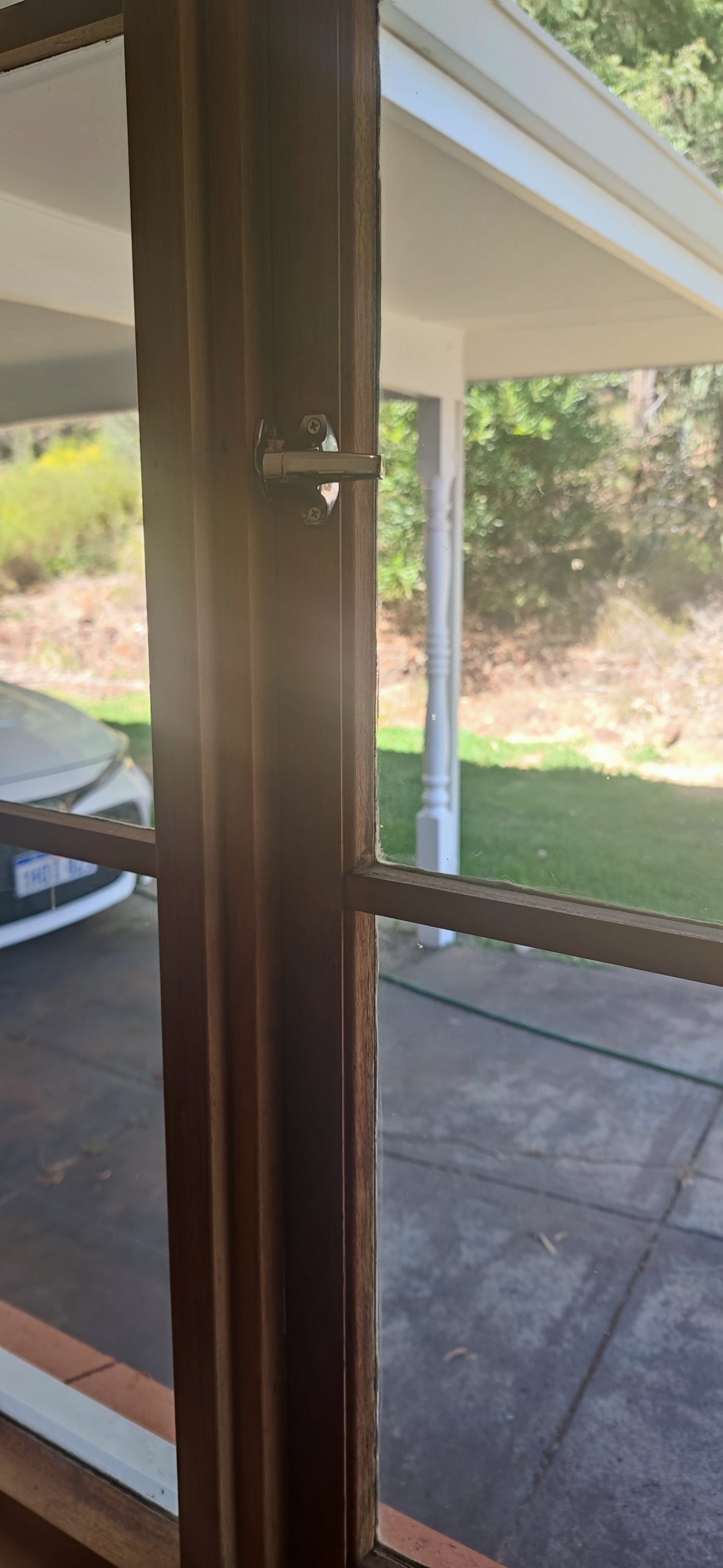
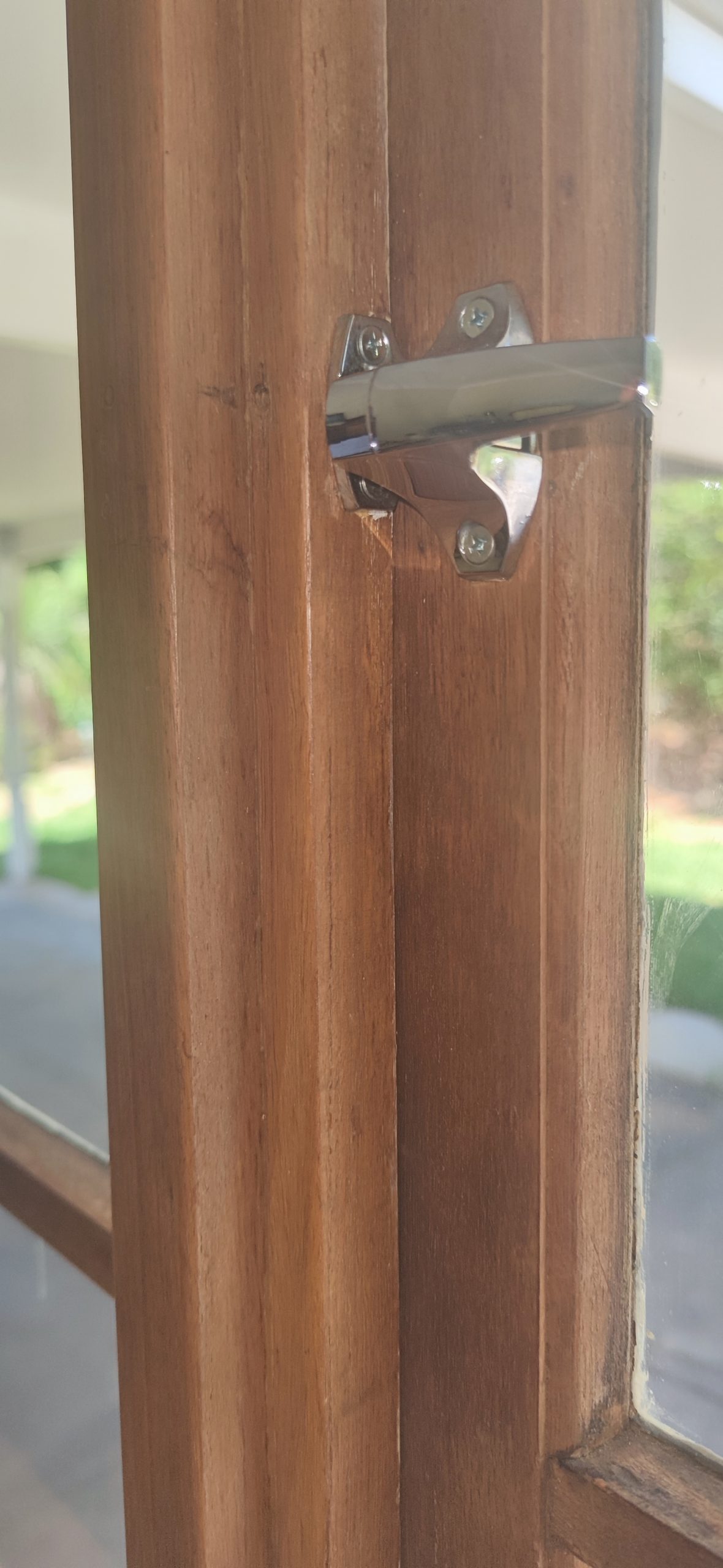
Overcoming Hardware Obstacles
For the Casement Lite, the challenge was the latching hardware that interfered with the ecoGlaze On Sash Moulding. The solution involved either relocating the window hardware or modifying the ecoGlaze moulding to accommodate the latch. Our client chose to modify the On Sash moulding, a typical approach recommended by ecoMaster, which involves cutting the moulding around the latch.
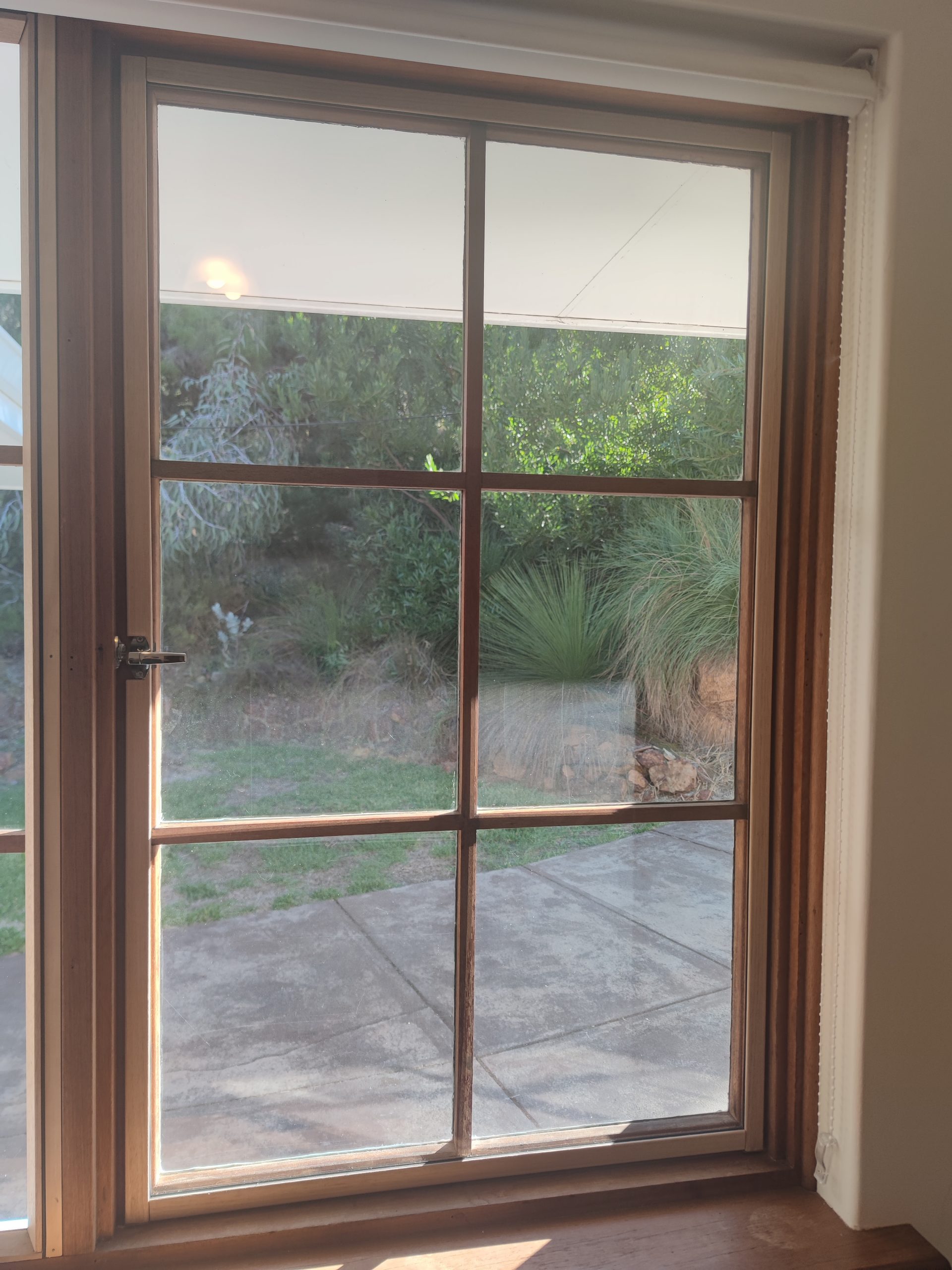
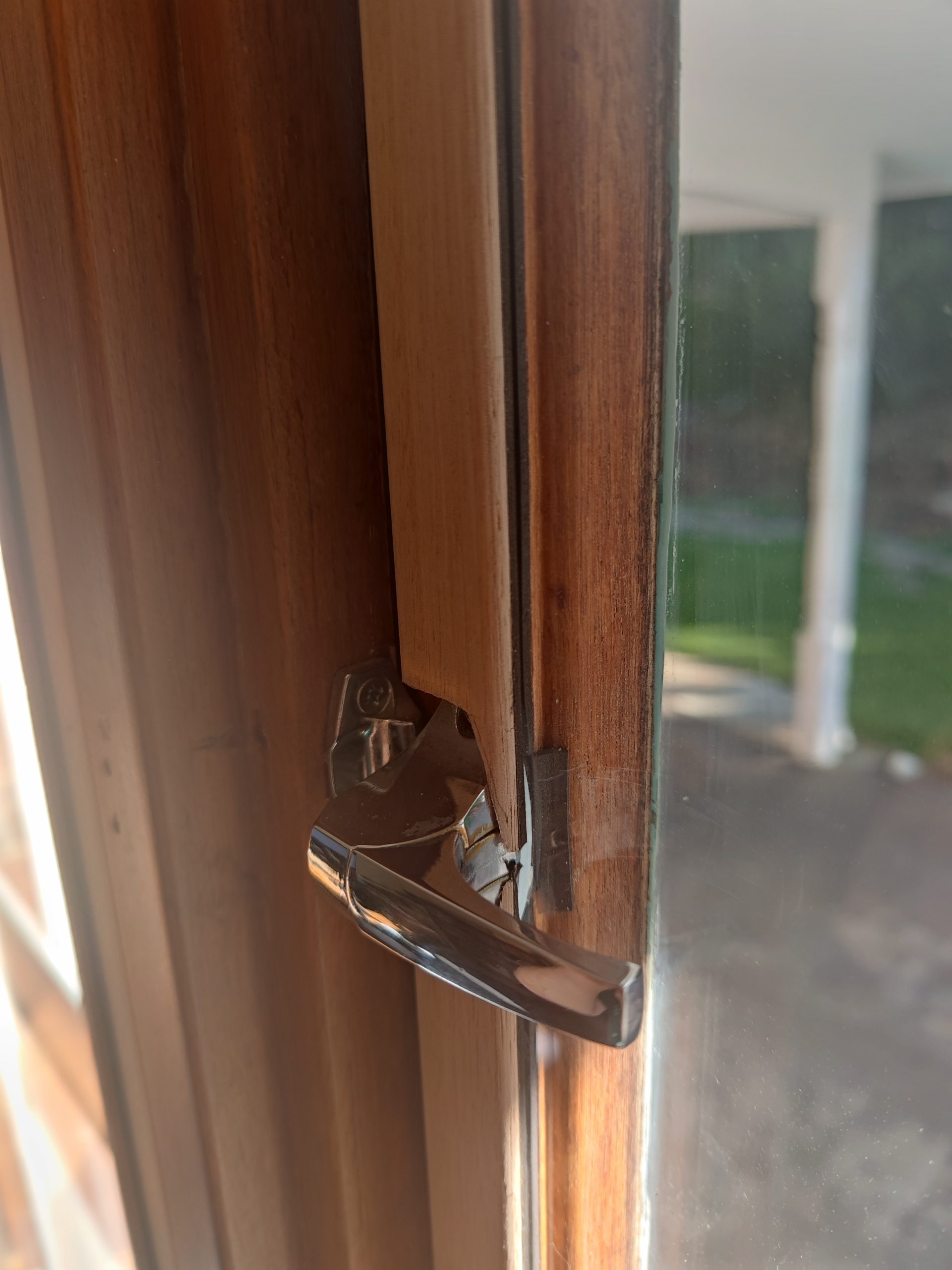
In this particular case, the acrylic will need to be slightly shaped around the latch area too
The final result: The whole window with ecoGlaze installed ready for staining and Acrylic.
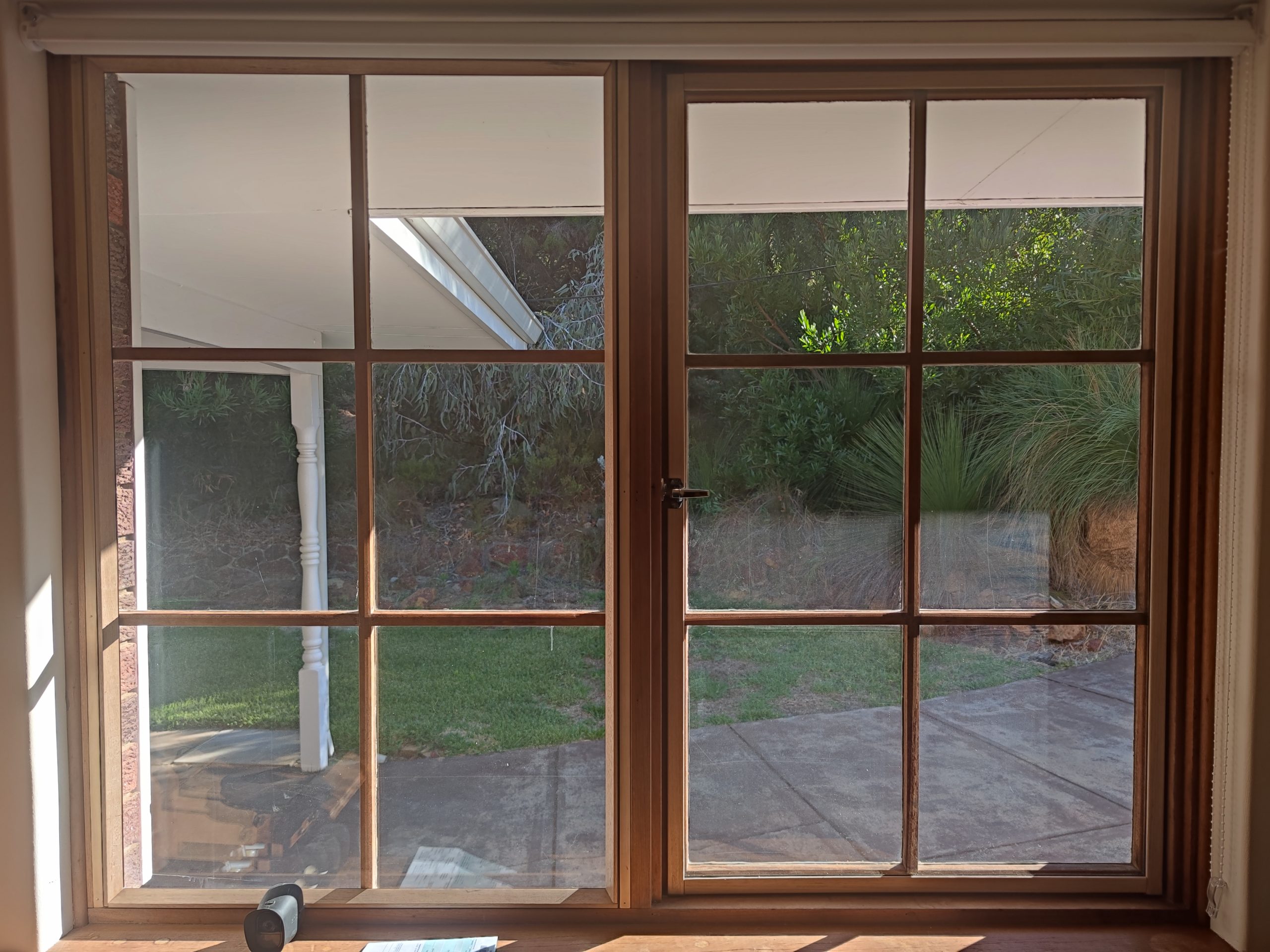
The Result
Post-modification, the window with the newly installed ecoGlaze was ready for final touches like staining the acrylic. This example underscores how ecoGlaze can adapt to even the most unusual cases, ensuring that every DIY project ends in success.
For more detailed guidance on installing ecoGlaze in your home, visit ecoGlaze. Our experienced support team is always ready to help you achieve great results with firsthand knowledge and practical tips. Whether your windows are standard or a bit out of the ordinary, ecoGlaze is here to boost your home’s energy efficiency and comfort.
FAQs
What is secondary glazing?
econdary glazing involves adding an extra layer of glass or acrylic inside your existing windows. Secondary glazing is used to improve insulation against noise and heat loss without replacing the original windows. ecoMaster has created the ecoGlaze product (now avaiable as a DIY product) to help you achieve double-glazing performance. Read more here.
How does secondary glazing improve energy efficiency?
Secondary glazing enhances thermal insulation by creating an air gap between the existing window and the secondary pane. This layer acts as a barrier to reduce the transfer of heat, helping to maintain a more consistent indoor temperature and reduce energy costs.
Can secondary glazing reduce noise pollution?
Yes, one of the benefits of secondary glazing is its ability to decrease noise levels. The extra pane of acrylic effectively creates a sound barrier, which can drastically reduce the impact of external noise sources, especially useful in urban areas or near busy roads. Note: ecoGlaze has not been tested in an acoustic laboratory, but our anecdotal evidence indicates a reduction in sound transmission.
Is secondary glazing suitable for listed or heritage properties?
Secondary glazing is particularly beneficial for listed or heritage properties as it does not involve altering the existing external windows. This makes it an ideal solution for improving insulation and noise reduction without compromising the building’s historical integrity.
